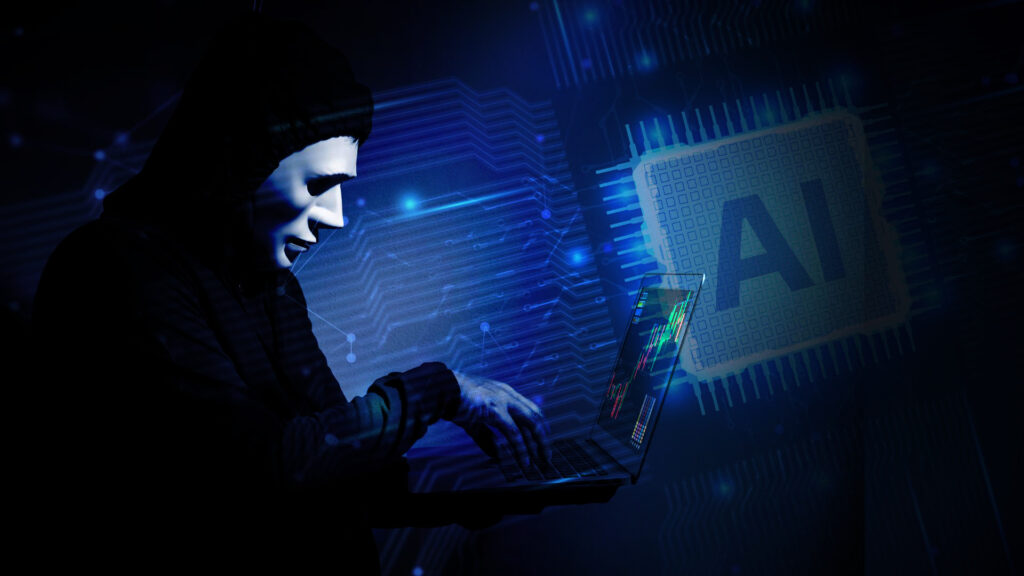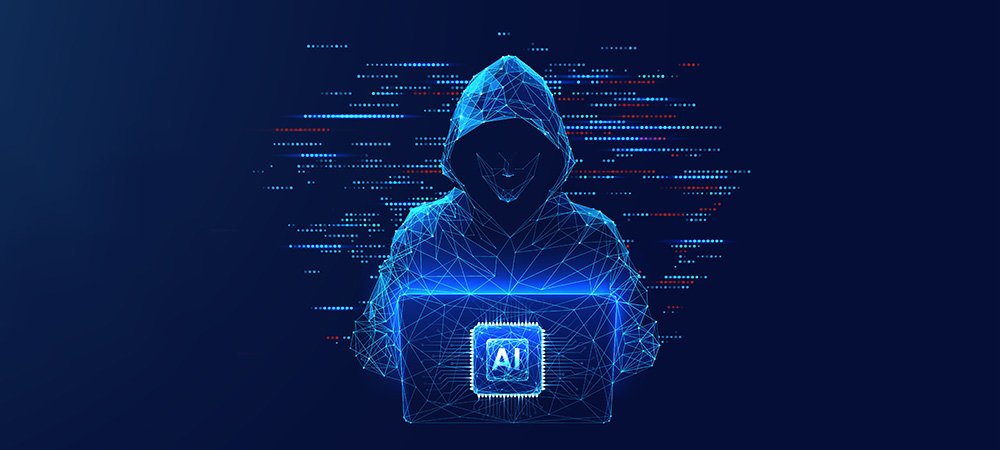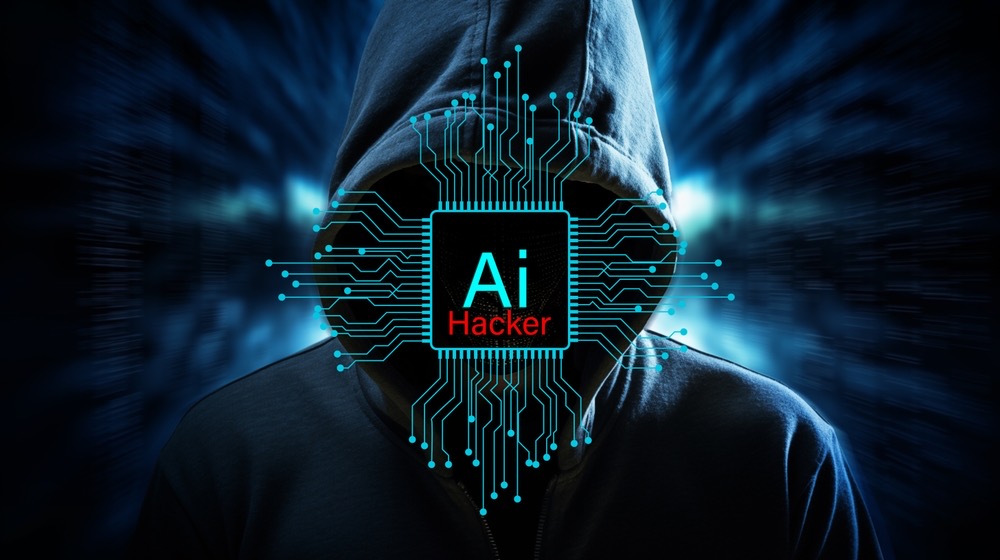Introduction: The New Digital Arms Race
In the shadows of our interconnected world, a silent war is being fought. It’s not between nations or armies, but between artificial intelligences—some designed to protect, others engineered to exploit. Welcome to the age of AI vs AI cybersecurity, where algorithms clash in milliseconds, and the stakes couldn’t be higher.
This isn’t science fiction. Right now, AI-powered defense systems are scanning millions of network packets per second, learning to identify threats that human analysts would never catch. Simultaneously, AI-enhanced attack tools are evolving to bypass these very defenses, creating sophisticated malware and finding vulnerabilities at superhuman speed.
The Evolution of Cyber Warfare

Traditional Cybersecurity: The Human Bottleneck
- Manual threat analysis and signature-based detection
- Reactive approaches that always lagged behind new threats
- Limited ability to process vast amounts of data
- Human fatigue and oversight limitations
The AI Revolution in Security
- Real-time threat detection and response
- Behavioral analysis that spots anomalies humans miss
- Predictive capabilities that anticipate attacks
- 24/7 vigilance without human limitations
The Defense Side: AI as Digital Guardian
Machine Learning Detection Systems
Anomaly Detection: AI systems learn what “normal” network behavior looks like, then flag anything that deviates. Unlike rule-based systems, these can spot previously unknown threats.
Behavioral Analytics: User and Entity Behavior Analytics (UEBA) systems track how users typically behave, detecting when someone’s account might be compromised based on unusual patterns.
Threat Intelligence: AI aggregates data from millions of sources worldwide, identifying emerging threats and attack patterns before they spread.
Real-World Defense Examples
- Darktrace: Uses unsupervised machine learning to detect threats in real-time
- CrowdStrike Falcon: Employs AI to prevent malware execution and detect fileless attacks
- IBM Watson for Cyber Security: Processes vast amounts of security data to identify threats
The Attack Side: AI as Digital Weapon
AI-Enhanced Attack Strategies
Automated Vulnerability Discovery: AI systems can scan code and networks faster than any human, identifying security flaws that manual testing might miss.
Intelligent Phishing: AI generates personalized phishing emails by analyzing social media profiles and writing in the target’s communication style.
Adversarial Machine Learning: Attackers use AI to find ways to fool defensive AI systems, creating inputs that cause misclassification.
Polymorphic Malware: AI creates malware that constantly changes its signature to evade detection systems.
The Concerning Reality
- AI lowers the barrier to entry for sophisticated attacks
- Automated attacks can scale to unprecedented levels
- Machine speed eliminates traditional response windows
- AI can adapt and learn from defensive countermeasures
The Battlefield: How AI Systems Clash

The Speed Factor
Traditional cybersecurity operated on human timescales—hours or days to detect and respond to threats. AI vs AI battles happen in milliseconds. An AI attack system might probe defenses, adapt to responses, and launch a refined attack faster than a human could even comprehend what’s happening.
The Learning Loop
Both offensive and defensive AI systems continuously learn and adapt:
- Defense systems update their models based on new attack patterns
- Attack systems evolve to bypass newly deployed defensive measures
- This creates an endless cycle of adaptation and counter-adaptation
Game Theory in Practice
The AI vs AI battleground resembles a complex game where:
- Each side tries to predict the other’s moves
- Strategies must account for the opponent’s ability to learn and adapt
- The winner often isn’t the most sophisticated, but the most adaptable
Case Studies: AI Battles in the Wild
Case Study 1: The Evolving Botnet
A sophisticated botnet used machine learning to:
- Identify vulnerable IoT devices
- Adapt communication patterns to avoid detection
- Automatically generate new attack vectors when old ones were blocked
Defense systems countered by:
- Using behavioral analysis to identify infected devices
- Employing graph analysis to map botnet communications
- Implementing adaptive blocking that evolved with the threat
Case Study 2: The Phishing Arms Race

Attackers deployed AI to:
- Generate convincing fake emails
- Adapt writing styles based on success rates
- Automatically harvest and utilize personal information
Defenders responded with:
- Natural language processing to detect AI-generated content
- Behavioral email analysis
- Real-time link and attachment scanning
The Human Element: Still Crucial
Despite the AI vs AI nature of modern cybersecurity, humans remain essential:
- Strategic Decision-Making: AI excels at pattern recognition but needs human guidance for complex strategic decisions
- Ethical Boundaries: Humans must ensure defensive AI systems respect privacy and civil liberties
- Creative Problem-Solving: When AI systems reach stalemates, human creativity often provides breakthrough solutions
Future Implications and Challenges
The Escalation Problem
As AI systems become more sophisticated, we face several concerning trends:
- Collateral Damage: AI vs AI battles might disrupt innocent systems
- Attribution Challenges: Determining who launched an AI-powered attack becomes increasingly difficult
- Civilian Impact: Critical infrastructure could become caught in AI crossfire
Emerging Technologies
Several technologies will shape the future of AI vs AI cybersecurity:
- Quantum Computing: Could break current encryption while enabling new defensive measures
- Federated Learning: Allows AI systems to learn from distributed data without compromising privacy
- Adversarial Training: Defensive systems trained using AI-generated attacks
Regulatory and Ethical Considerations
- How do we regulate AI weapons while preserving legitimate defensive capabilities?
- What international agreements are needed for AI-powered cyber warfare?
- How do we balance automated defense with human oversight?
Practical Implications for Organizations

For Cybersecurity Professionals
- Traditional skills remain important but must be supplemented with AI knowledge
- Understanding both offensive and defensive AI capabilities becomes crucial
- Continuous learning is essential as the landscape evolves rapidly
For Business Leaders
- Investment in AI-powered security tools is becoming necessary, not optional
- Understanding the AI threat landscape is crucial for risk management
- Balancing automated responses with human oversight requires careful consideration
For Policy Makers
- New regulations may be needed to govern AI use in cybersecurity
- International cooperation becomes more important as AI attacks can originate anywhere
- Investment in defensive AI research and development is a national security priority
Conclusion: The Endless Game
The AI vs AI cybersecurity battle represents a fundamental shift in how we think about digital defense. It’s no longer enough to build walls; we need intelligent guardians that can think, learn, and adapt as quickly as the threats they face.
This isn’t a war with a clear end—it’s an ongoing evolutionary process where both sides continuously adapt and improve. The organizations and nations that thrive will be those that best harness AI for defense while understanding and preparing for AI-powered attacks.
As we move forward, the key isn’t just building better AI systems, but building them responsibly. The future of cybersecurity depends not just on our algorithms, but on our wisdom in wielding them.
The battle between artificial intelligences has begun. The question isn’t whether AI will reshape cybersecurity—it already has. The question is whether we’ll be prepared for what comes next.
What are your thoughts on the AI vs AI cybersecurity arms race? Have you encountered AI-powered security tools in your organization? Share your experiences and concerns in the comments below.


Leave a Reply